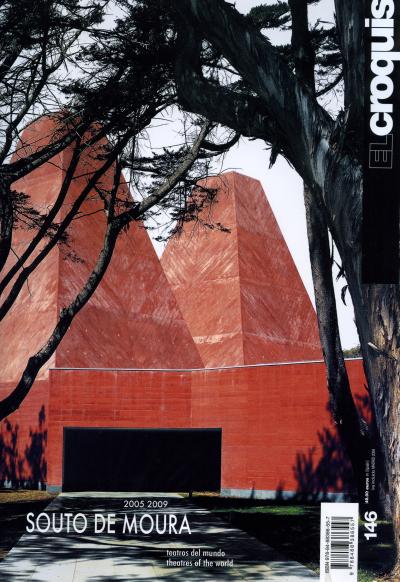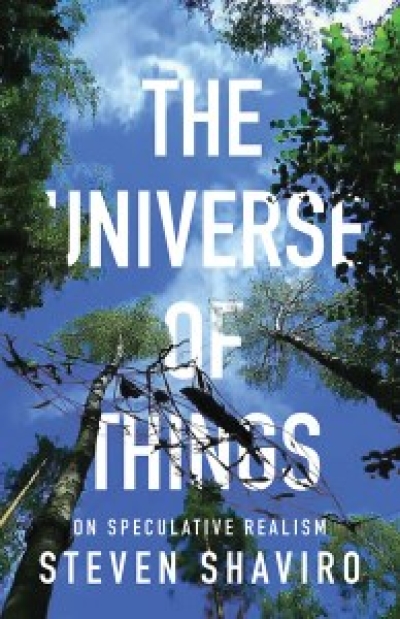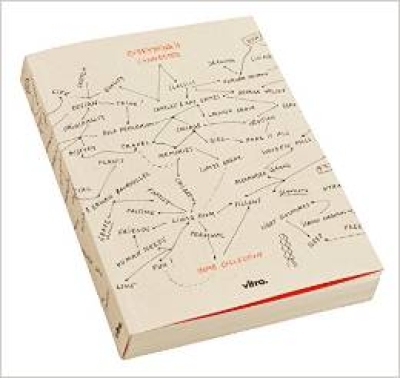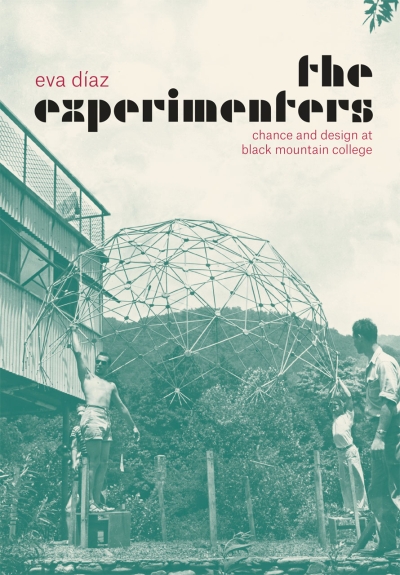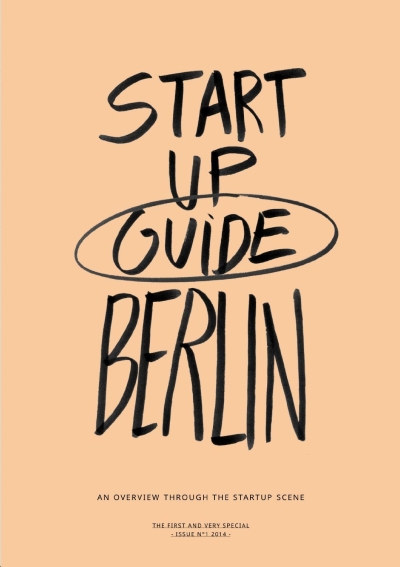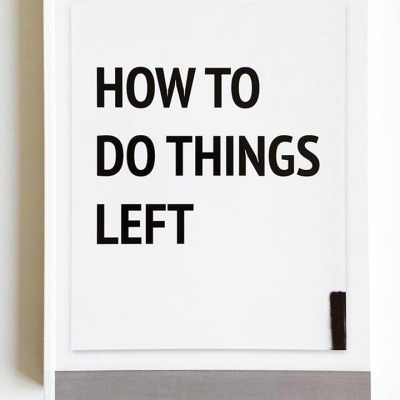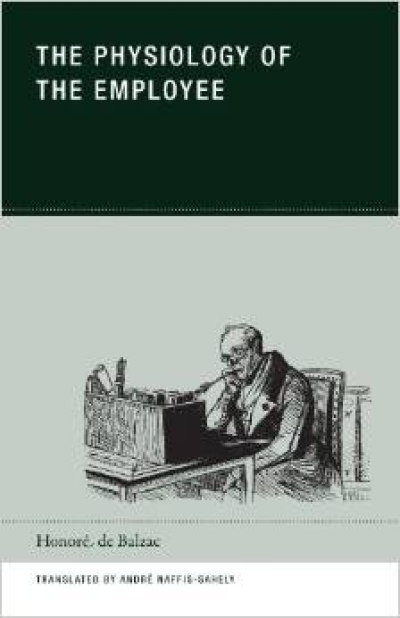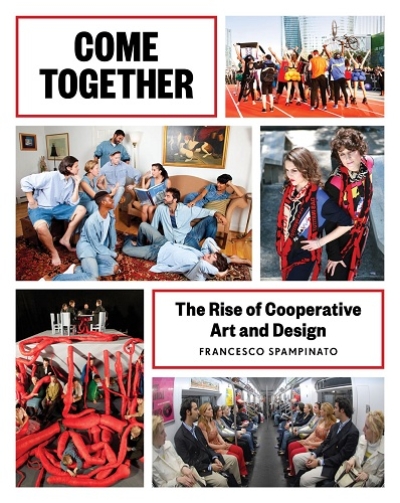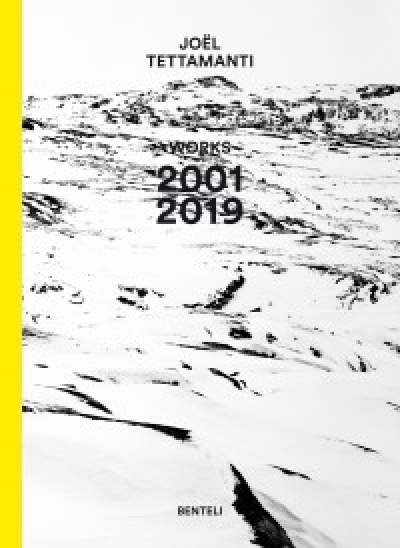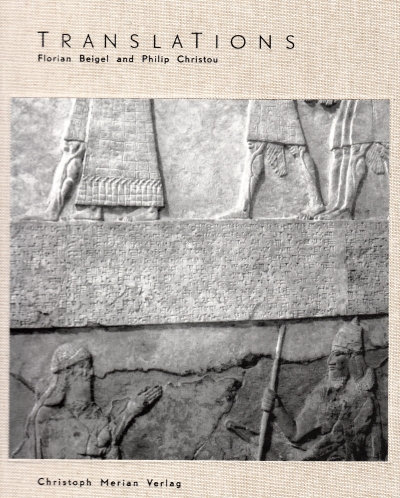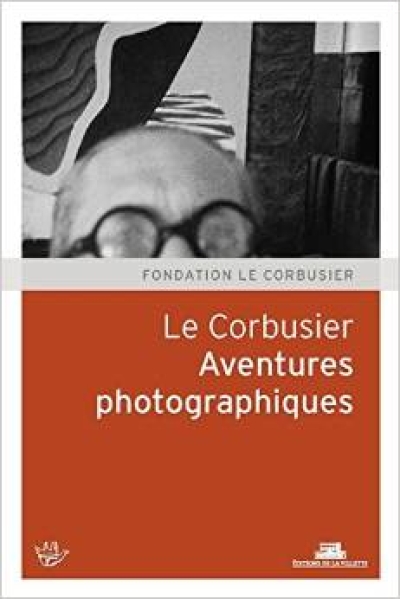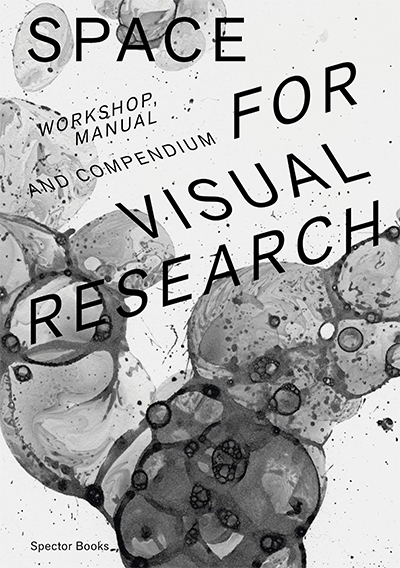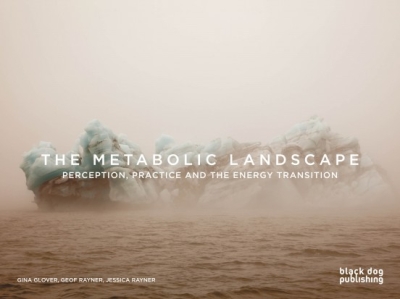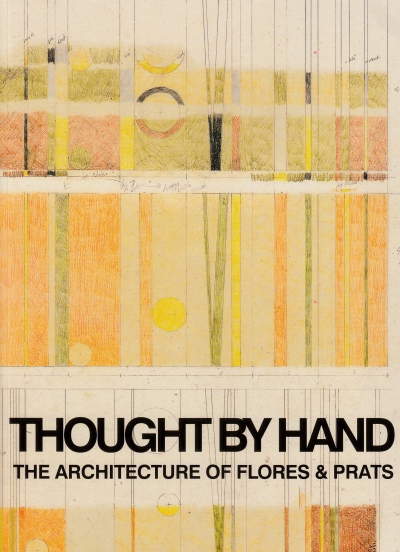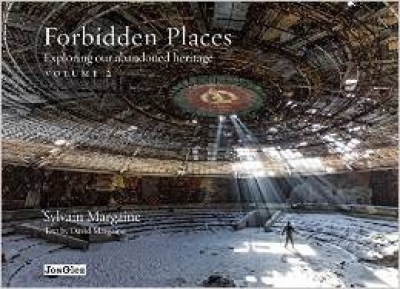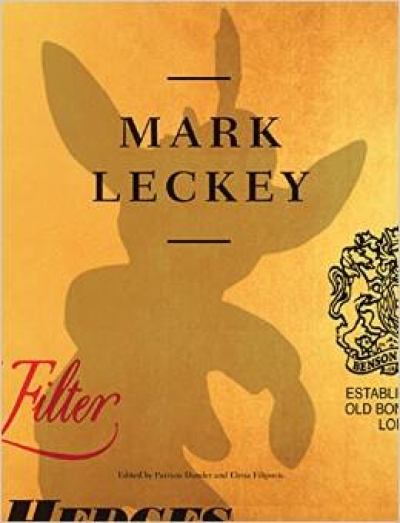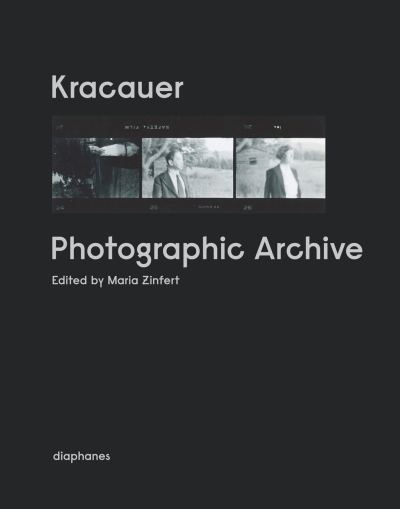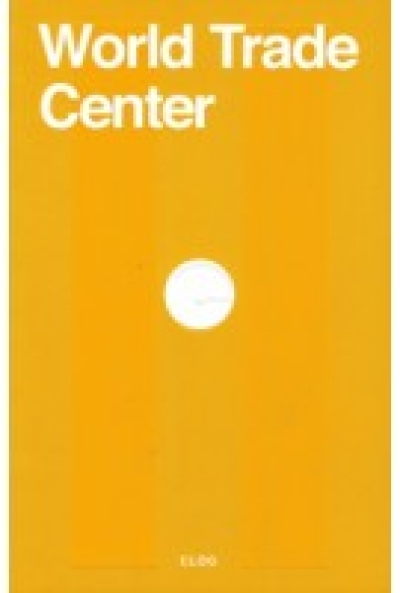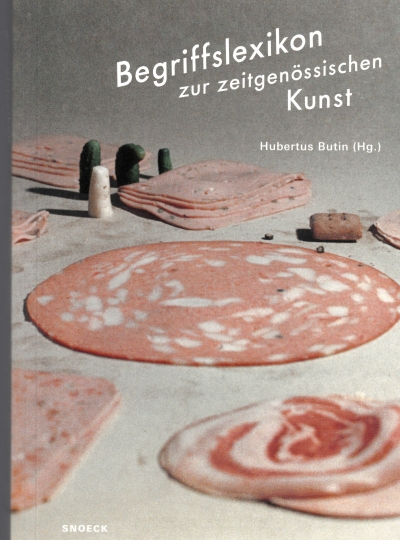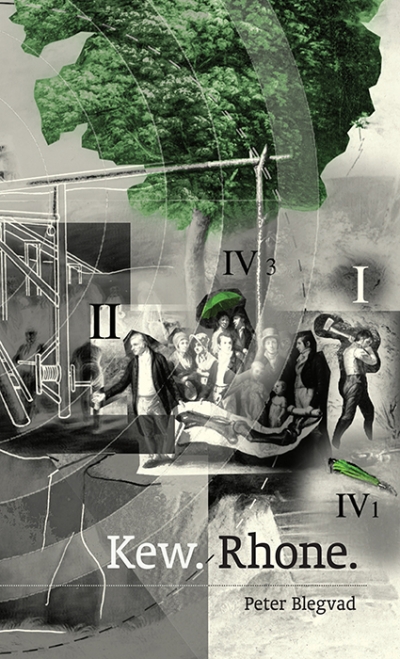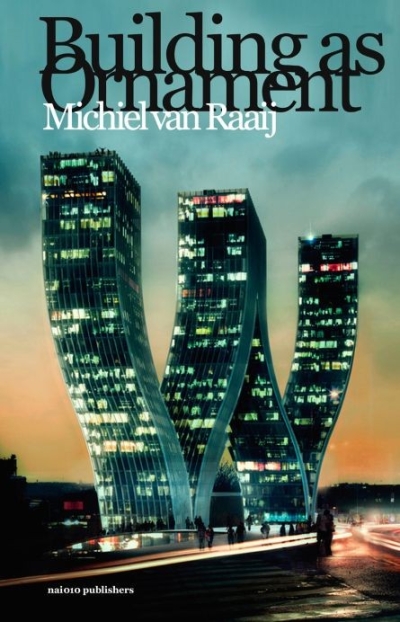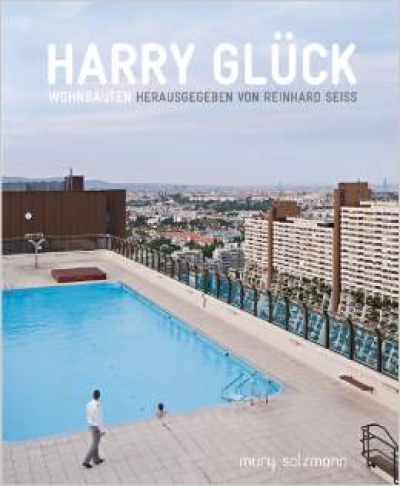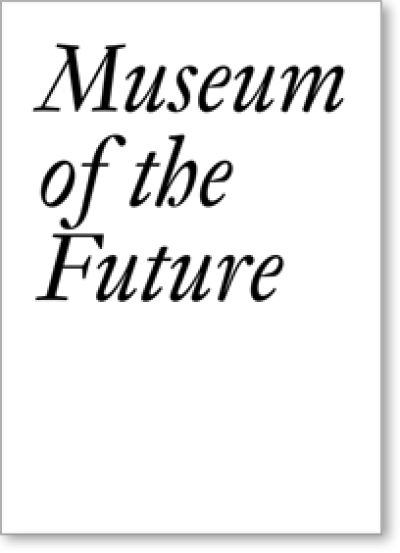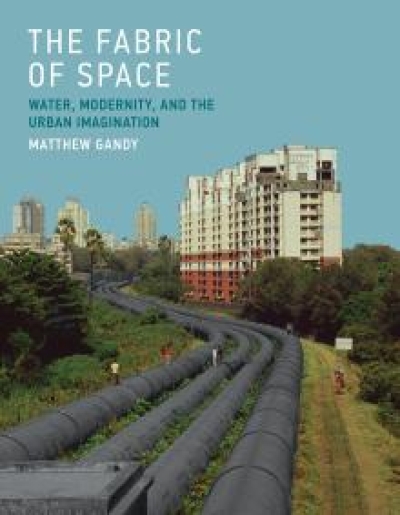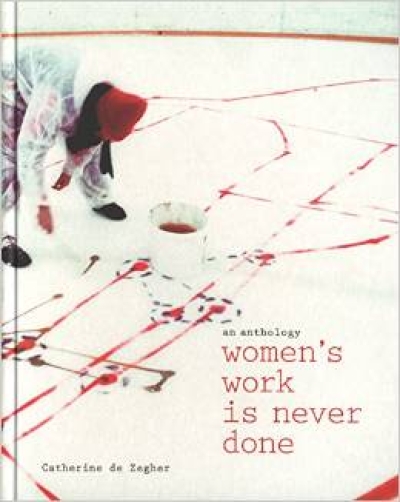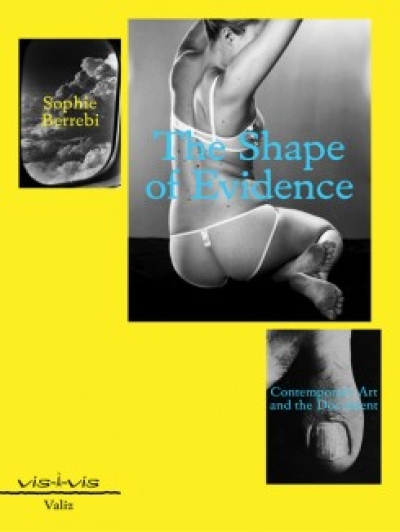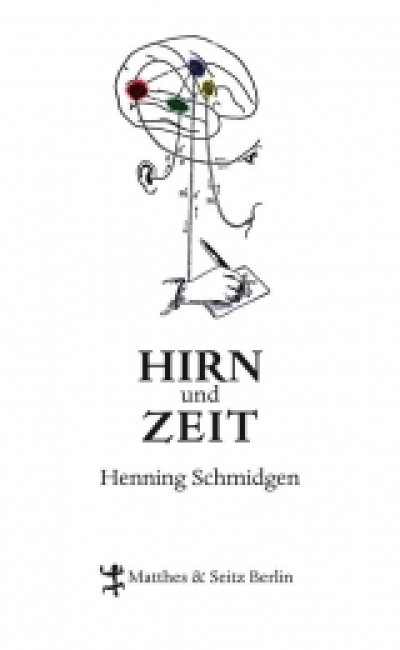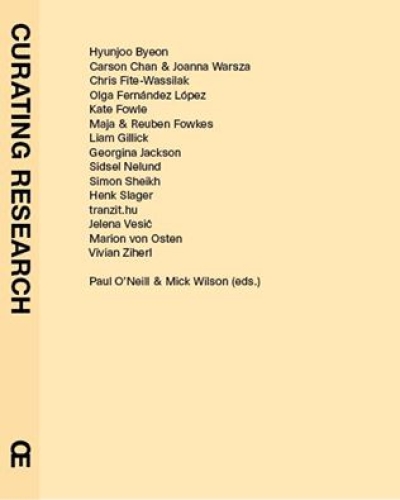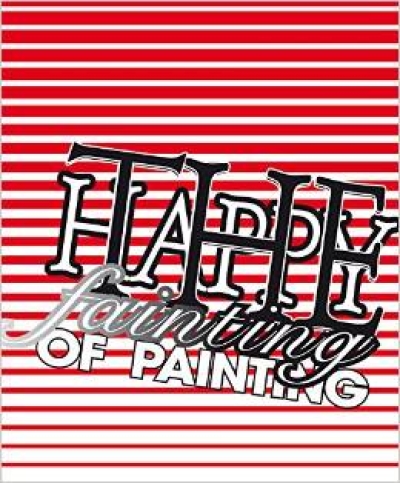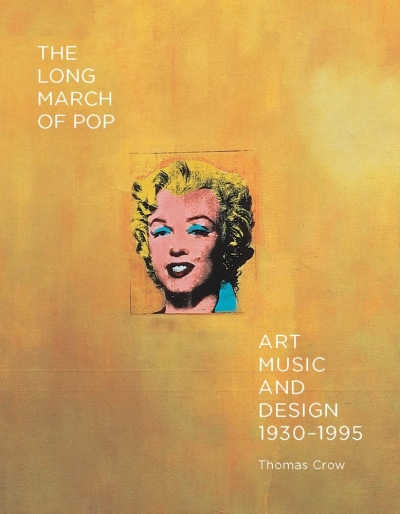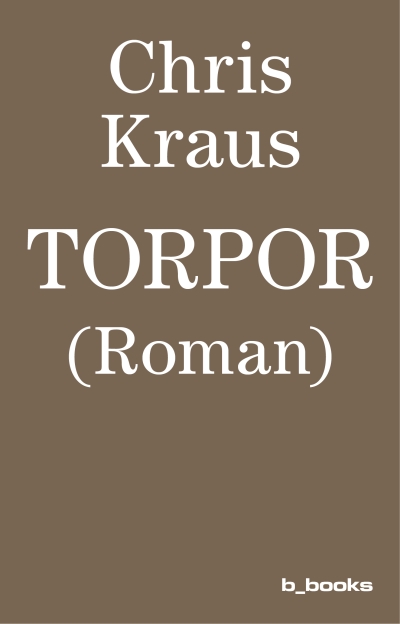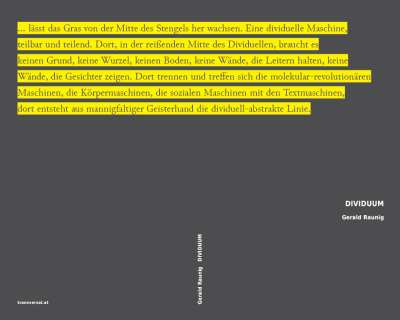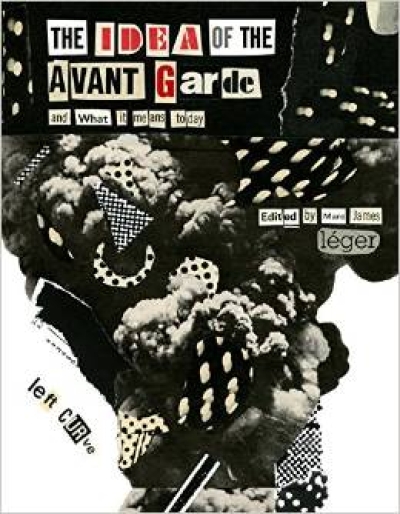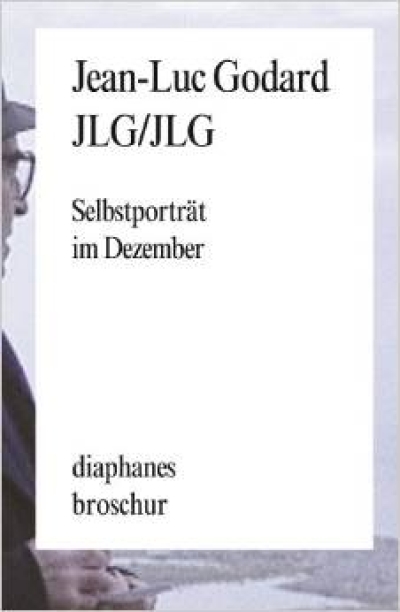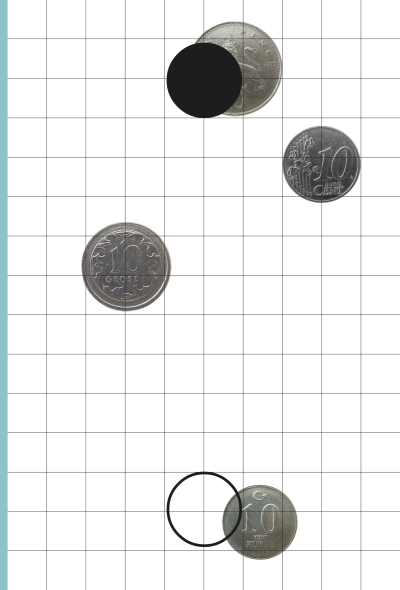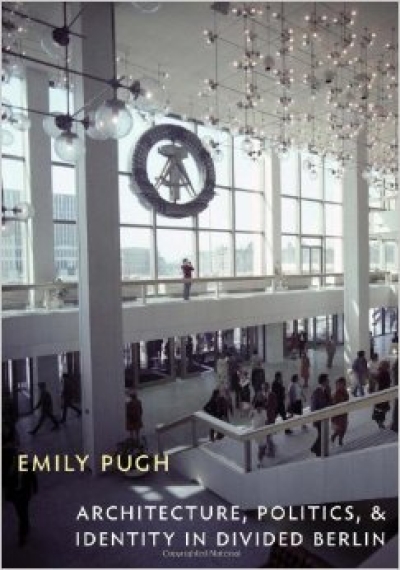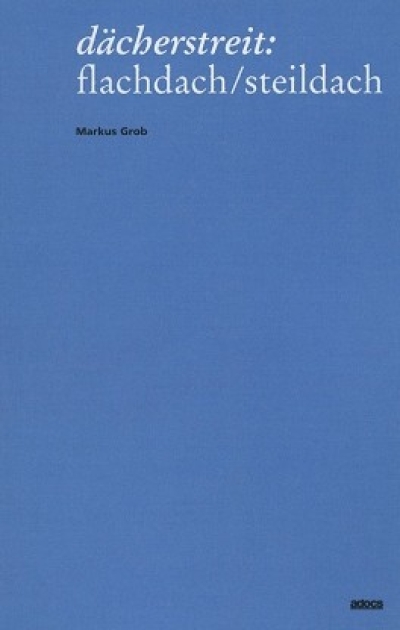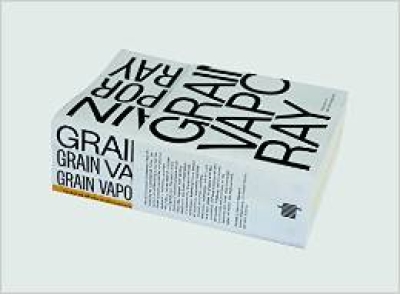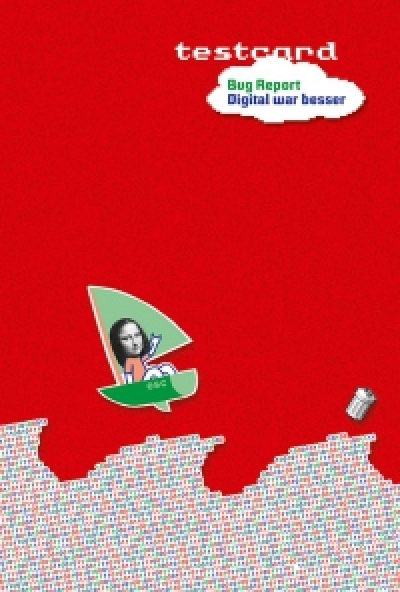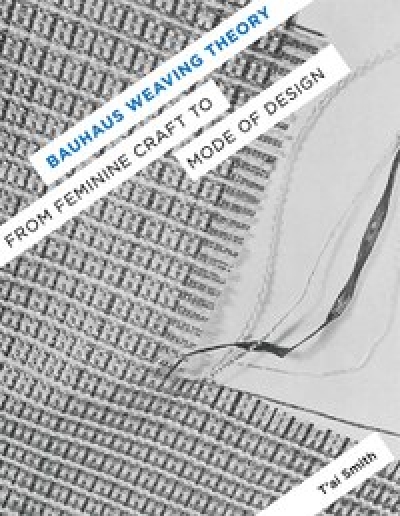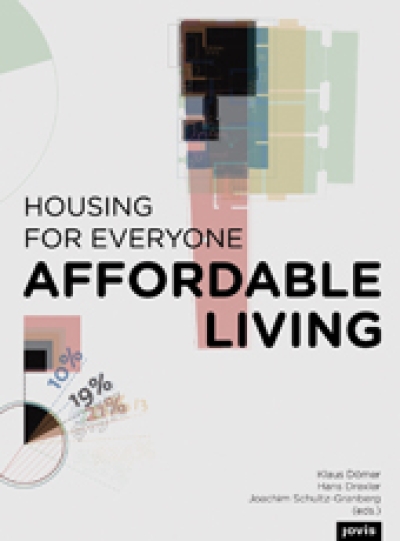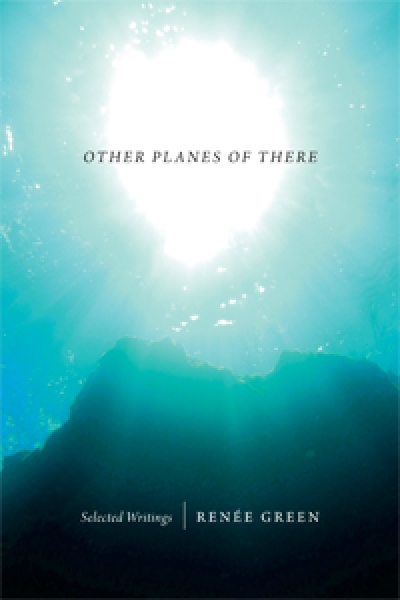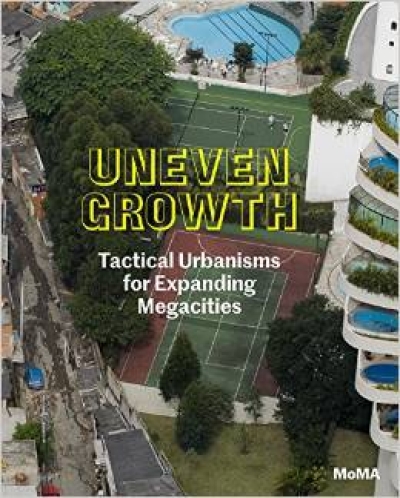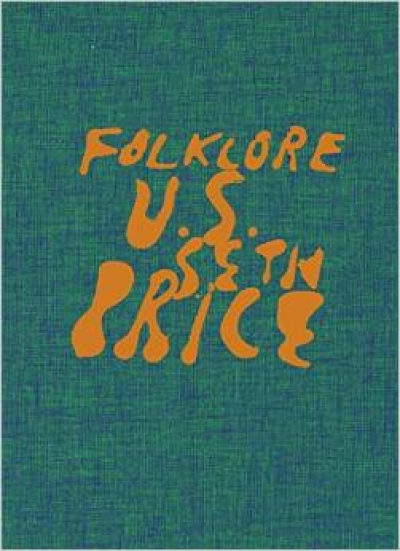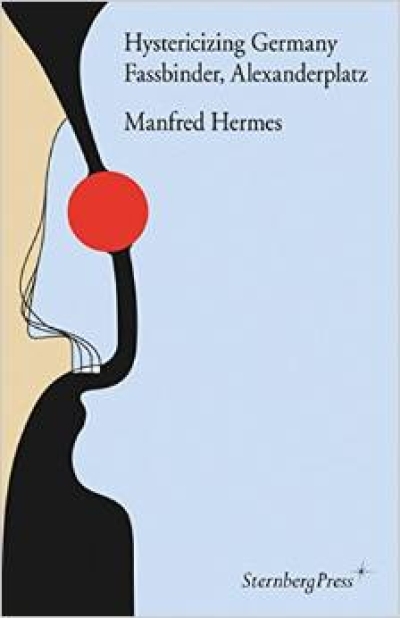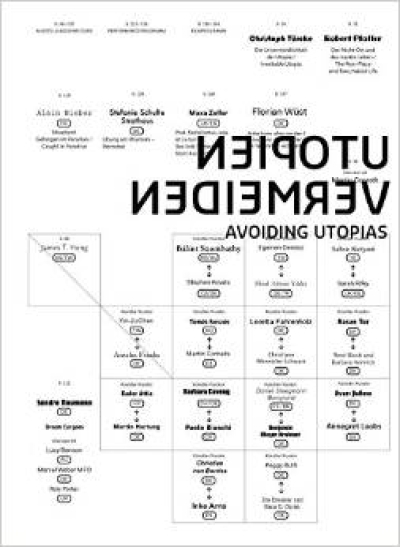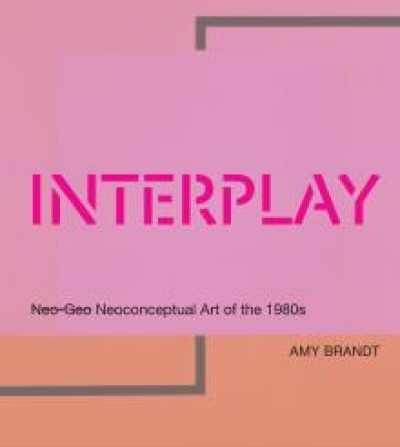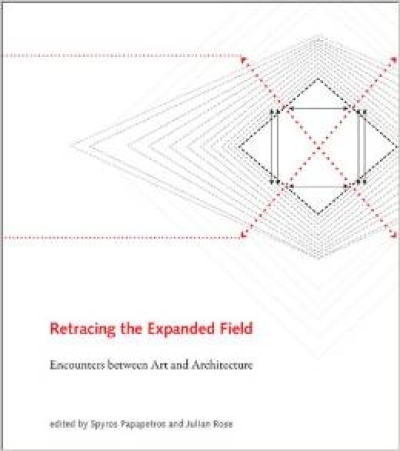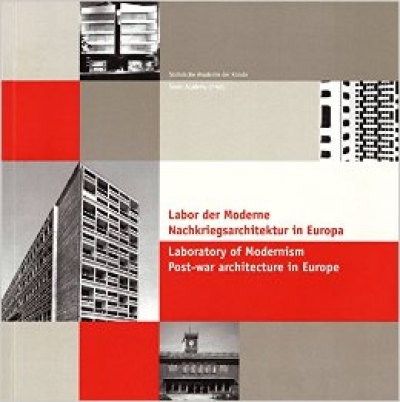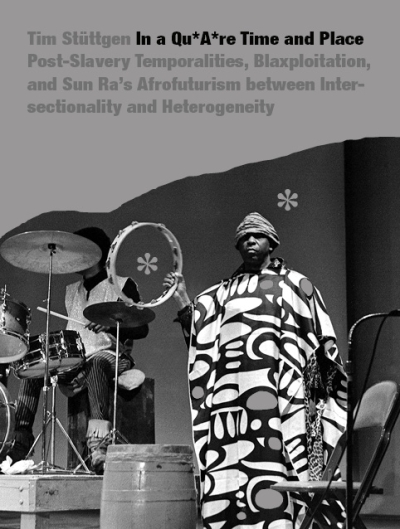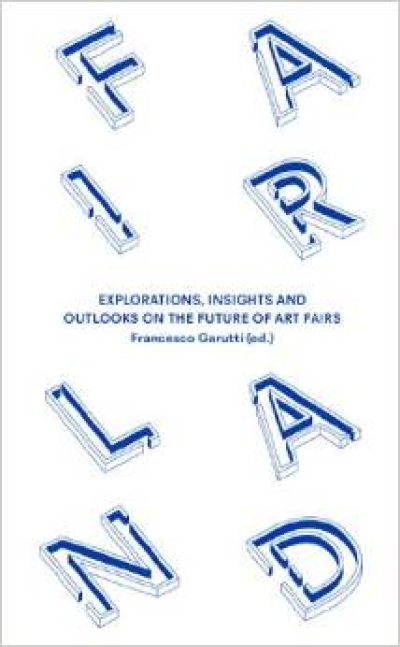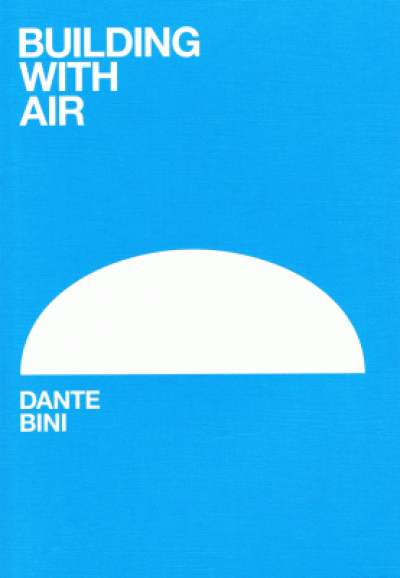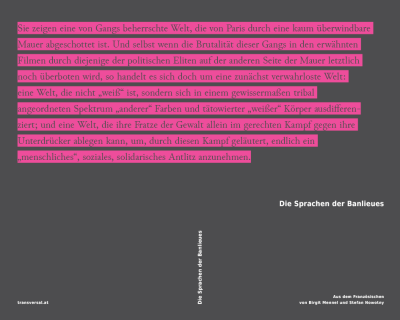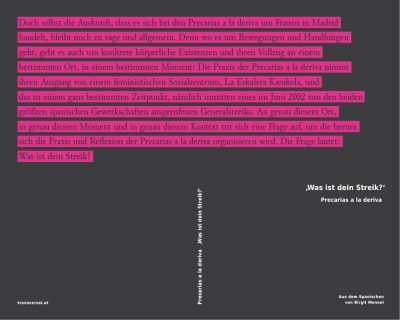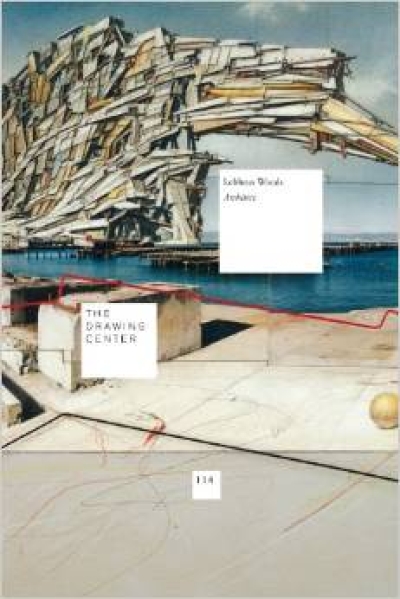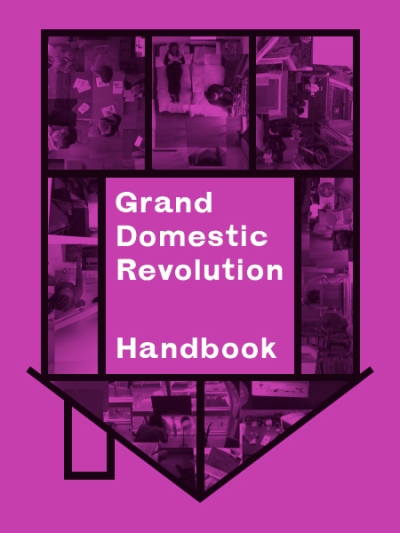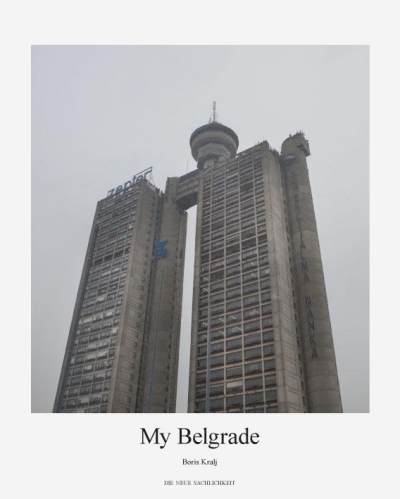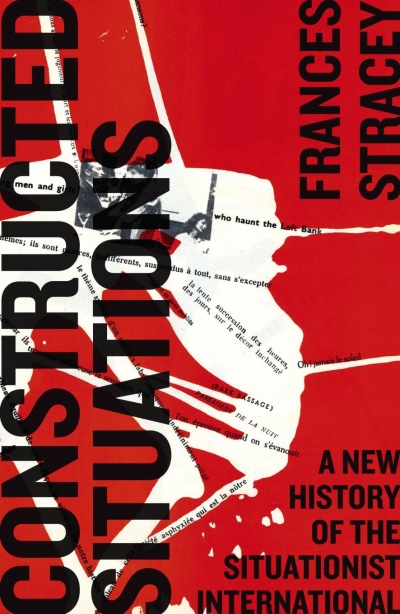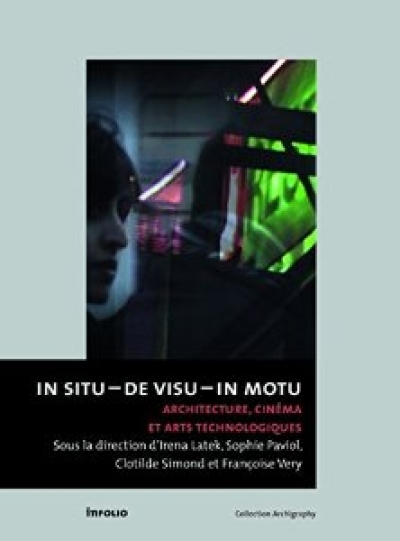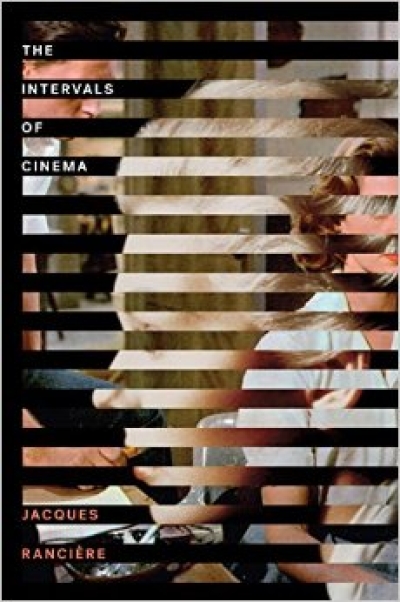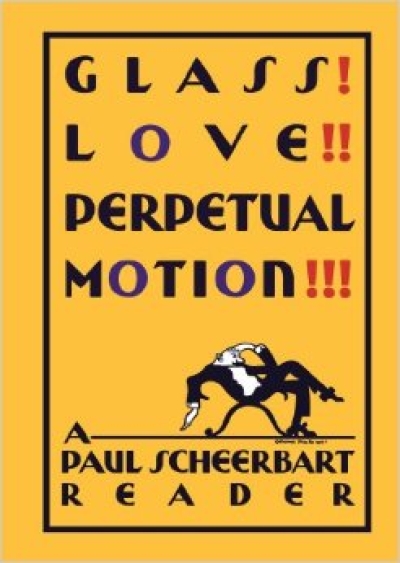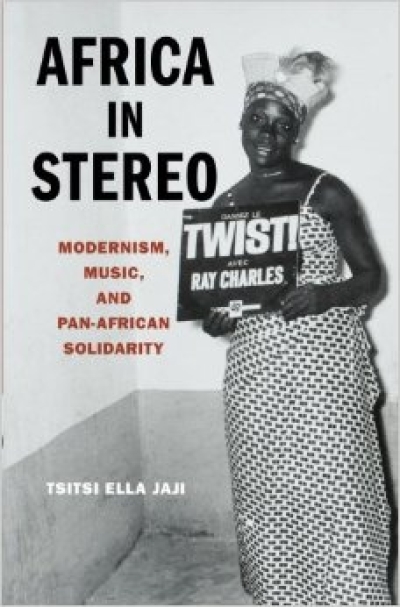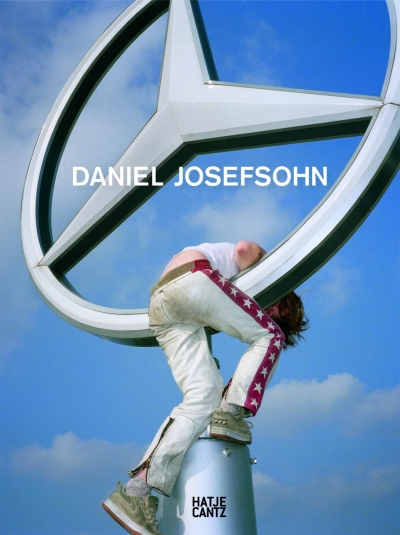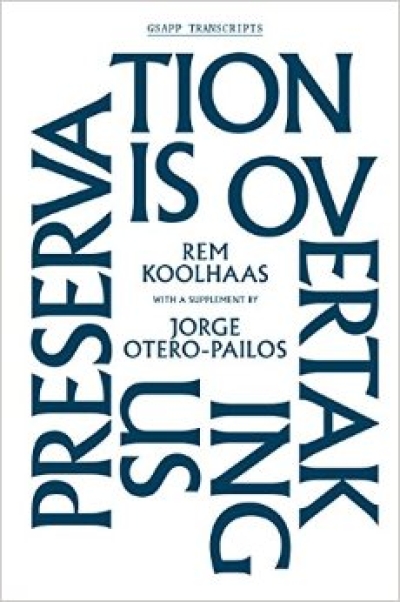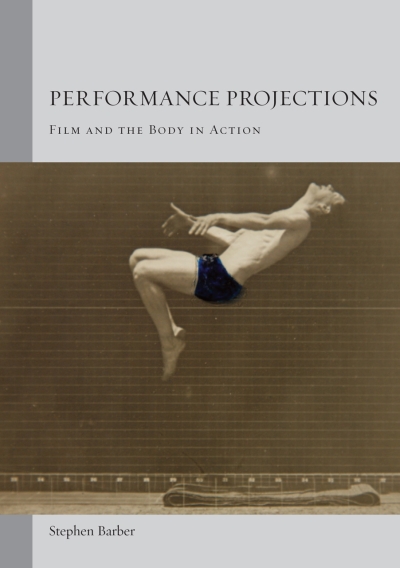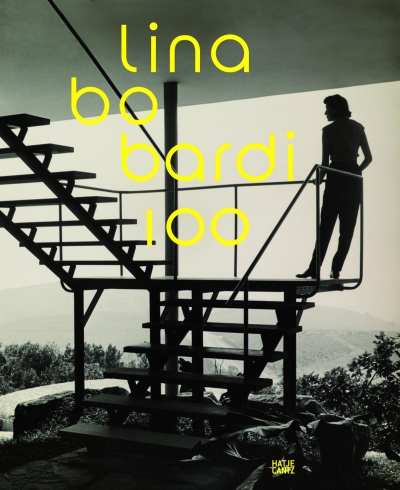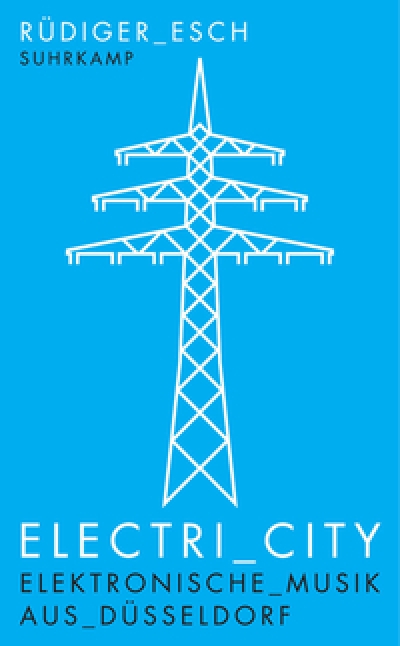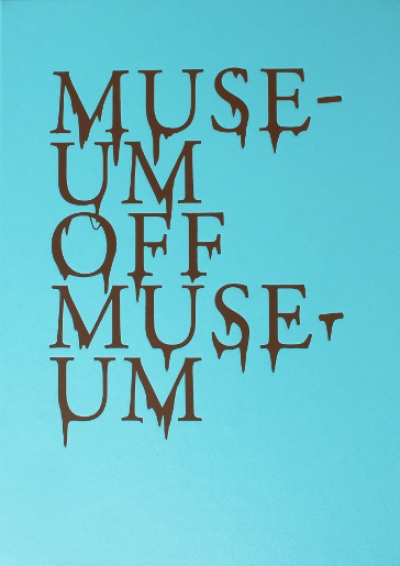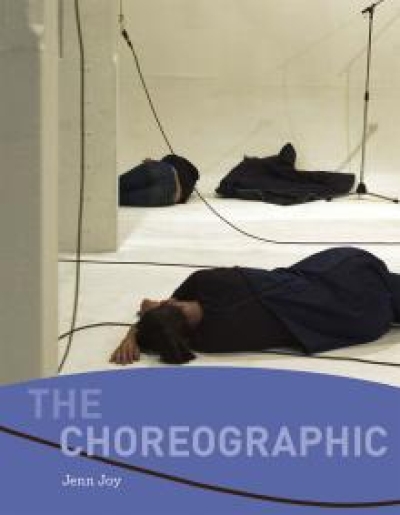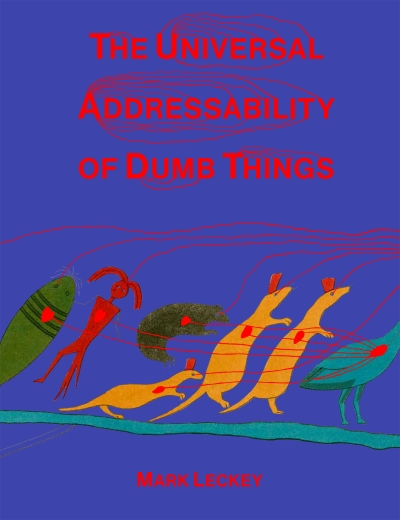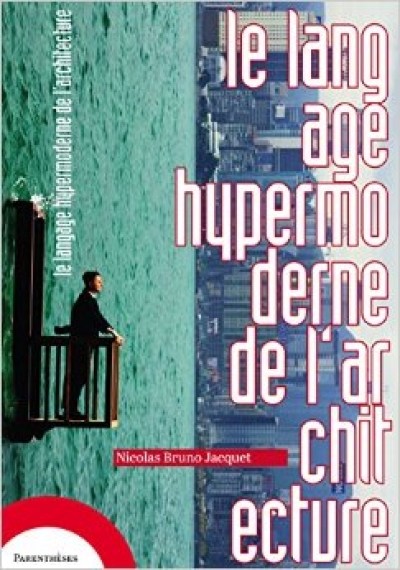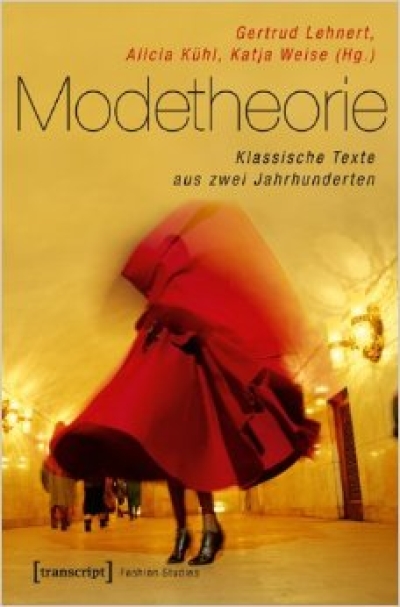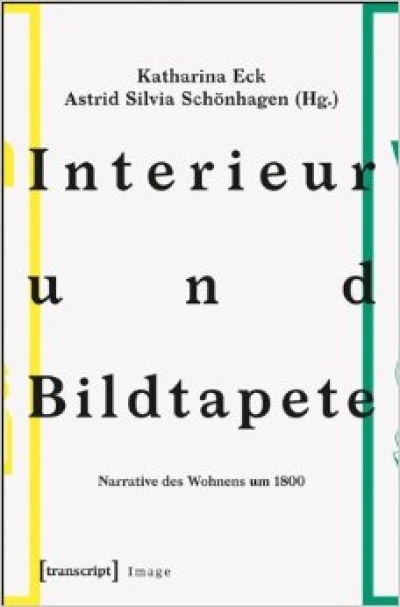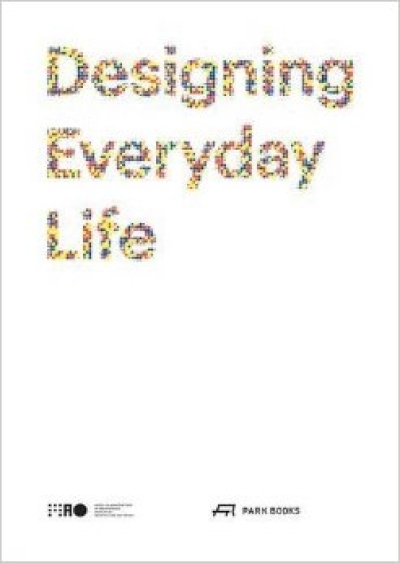Hans Ulrich Obrist
Kuratieren!
Steven Shaviro
The Universe of Things. On Speculative Realism
Florian Böhm, Annahita Kamali
Everything is Connected. Home Collection (Vitra)
Eva Diaz
The Experimenters. Chance and Design at Black Mountain…
Berlin Projects
Startup Berlin Guide
David Ostrowski
How to do things left
Honore De Balzac
The Physiology of the Employee
Francesco Spampinato
Come Together. The Rise of Cooperative Art and Design
Marc Fischer
Public Collectors
Joël Tettamanti
Works 2001–2019
S AM 12
Translations
Wilfried Dickhoff, Marcus Steinweg (Hg.)
INAESTHETICS #4 Philosophy!
Marc Bedarida (Ed.)
Le Corbusier. Aventures Photographiques
Markus Weisbeck, Mathias Schmitt,…
Space for Visual Research
Gina Glover, Geof Rayner, Jessica Rayner
The Metabolic Landscape. Perception, Practice and the…
Ricardo Flores & Eva Prats
Thought by Hand. The Architecture of Flores & Prats
Sylvain Margaine
Forbidden Places, Volume 2: Exploring Our Abandoned Heritage
Mark Leckey
On Pleasure Bent
Axel Wieder, Florian Zeyfang (Eds.)
Open Form. Space, Interaction, and the Tradition of Oskar…
Maria Zinfert (Hg.)
Sigfried Kracauer. Photographic Archive
Clog
World Trade Center
Marta Herford (Ed.)
Der entfesselte Blick. The Unfettered Gaze: Die Brüder…
Hubertus Butin (Hg.)
Begriffslexikon zur zeitgenössischen Kunst (Ausgabe 2014)
Peter Blegvad
Kew. Rhone
Michiel van Raaij
Building as Ornament
Reinhard Seiss
Harry Glück: Wohnbauten
Cristina Bechtler (Ed.)
Museum of the Future
Felix Ensslin, Charlotte Klink (Eds.)
Aesthetics of the Flesh
Matthew Gandy
The Fabric of Space. Water, Modernity, and the Urban…
Catherine De Zegher
Women's Work. Is Never Done
Sophie Berrebi
The Shape of Evidence. Contemporary Art and the Document (…
Simon Denny
New Management
Henning Schmidgen
Hirn und Zeit. Die Geschichte eines Experiments 1800 - 1950
Paul O'Neill & Mick Wilson (Ed…
Curating Research
Hans-Jürgen Hafner, Gunter Reski (Hg.)
The Happy Fainting of Painting. Ein Reader zur…
Thomas Crow
The Long March Of Pop. Art Music and Design 1930-1995
Chris Kraus
Torpor (Roman)
Gerald Raunig
DIVIDUUM. Maschinischer Kapitalismus und molekulare…
Marc James Léger (Ed.)
The Idea of the Avant Garde And What It Means Today
Jean-Luc Godard
Jean-Luc Godard/JLG: Selbstporträt im Dezember
Dombois, Fliescher, Mersch, Rintz (Hg.)
Ästhetisches Denken. Nicht-Propositionalität, Episteme,…
Megan Francis Sullivan
Zipper Keeper 2015
Emily Pugh
Architecture, Politics, and Identity in Divided Berlin
Markus Grob
Dächerstreit: Flachdach/Steildach
Klingan, Sepahvand, Rosol, Scherer (Eds…
Textures of The Anthropocene. Grain Vapor Ray
Siegfried Kracauer
The Past's Threshold. Essays on Photography
Philip Jodidio
Cabins. Hütten. Cabanes
Space Caviar (Eds.)
SQM. The Quantified Home: An exploration of the evolving…
testcard #24
Bug Report. Digital war besser
T'ai Smith
Bauhaus Weaving Theory. From Feminine Craft to Mode of…
Klaus Dömer, Hans Drexler, Joachim…
Affordable Living. Housing for Everyone
Slavoj Zizek
Trouble in Paradise. From the End of History to the End of…
Renée Green
Other Planes of There
Stephen Grabow, Kent Spreckelmeyer
The Architecture of Use. Aesthetics and Function in…
Pedro Gadanho (Ed.)
Uneven Growth. Tactical Urbanisms for Expanding Megacities
Seth Price
Folklore U.S.
Manfred Hermes
Hystericizing Germany
Peter von Bagh (Hg.)
Aki Kaurismäki über Kaurismäki
Werkleitz Gesellschaft e.V. (Ed.)
Utopien vermeiden. Avoiding Utopias
Metahaven
Can Jokes Bring Down Governments? Memes, Design and…
Amy Brandt
Interplay. Neoconceptual Art of the 1980s
Francesca Hughes
The Architecture of Error. Matter, Measure, and the…
Spyros Papapetros, Julian Rose (Eds.)
Retracing the Expanded Field
Felix Denk, Sven von Thülen
Der Klang der Familie: Berlin, Techno and the Fall of the…
Joachim Fischer, Dierk Spreen
Soziologie der Weltraumfahrt
Sächsische Akademie der Künste, Dresden…
Labor der Moderne. Nachkriegsarchitektur in Europa.…
Tim Stüttgen
IN A QU*A*RE TIME AND PLACE
Byung-Chul Han
Psychopolitik. Neoliberalismus und die neuen Machttechniken
Francesco Garutti (Ed.)
Fairland. Explorations, Insights and Outlooks on the Future…
Scott McFarland
Shacks, Snow, Streets, Shrubs
Dante Bini
Building with Air
Birgit Mennel, Stefan Nowotny (Hg.)
Die Sprachen der Banlieues
Precarias a la Deriva
Was ist dein Streik? Militante Streifzüge durch die…
Nora Schultz
Portikus Printing Plant and Portikus Sounds
Joseph Becker, Jennifer Dunlop Fletcher…
Lebbeus Woods, Architect
Binna Choi, Maiko Tanaka (Hg)
The Grand Domestic Revolution Handbook
Boris Kralj
My Belgrade (2nd Edition)
Frances Stracey
Constructed Situations. A New History of the Situationist…
Latek, Paviol, Simond, Very (Eds.)
In situ – de visu – in motu. Architecture, cinéma et arts…
Neil Spiller, Nic Clear (Eds.)
Educating Architects. How Tomorrow's Practitioners…
Jacques Rancière
The Intervals of Cinema
Josiah McElheny, Christine Burgin
Glass! Love!! Perpetual Motion!!! A Paul Scheerbart Reader
Tsitsi Ella Jaji
Africa in Stereo. Modernism, Music, And Pan-African…
Daniel Josefsohn
OK DJ
Rem Koolhaas
Preservation Is Overtaking Us (Gsapp Transcripts)
Stephen Barber
Performance Projections. Film and The Body in Action
AndresLepik, Very Simone Bader (Hg)
Lina Bo Bardi 100. Brasiliens alternativer Weg in die…
Rüdiger Esch
ElectriCity. Elektronische Musik aus Düsseldorf
Thomas Thiel (Ed.)
Museum Off Museum
Cornelai Butler, Luis Perez-Oramas
Lygia Clark. The Abandonment of Art
Catriona Gray
Fifties House. House & Garden
Jenn Joy
The Choreographic
Robert Hamelijnck, Nienke Terpsma (Eds.)
It's Playtime
Mark Leckey
The Universal Addressability of Dumb Things
Nicolas Bruno Jacquet
Le Langage Hypermoderne de l'Architecture
Gertrud Lehnert, Alicia Kühl, Katja…
Modetheorie. Klassische Texte aus vier Jahrhunderten
Katharina Eck, Astrid Silvia Schänhagen
Interieur und Bildtapete. Narrative des Wohnens um 1800
Boelen / Z33, Sacchetti (Eds.)
Designing Everyday Life
